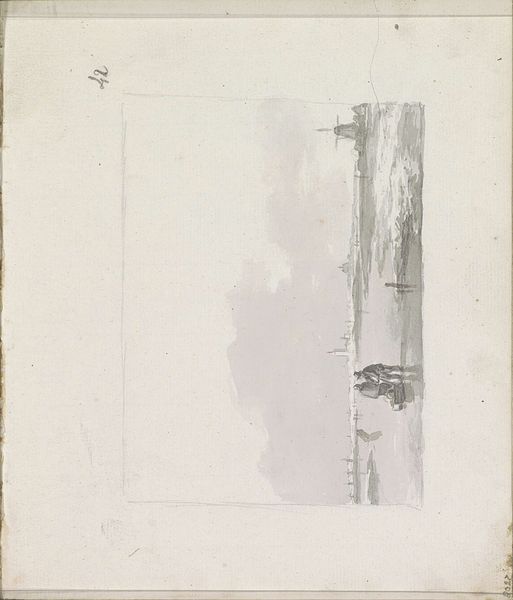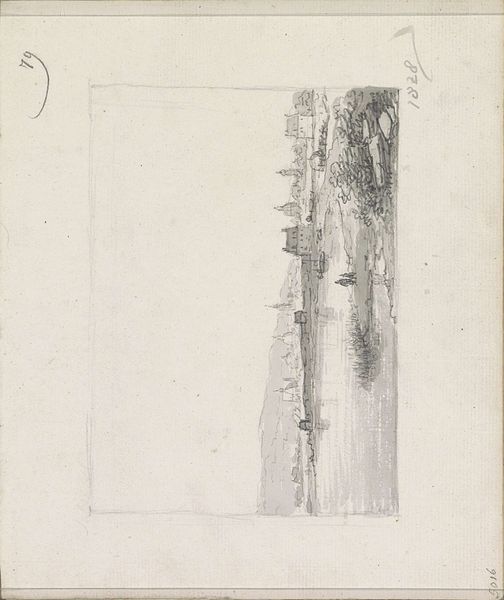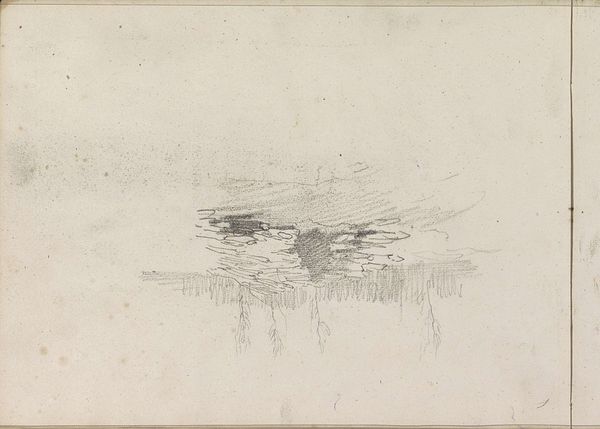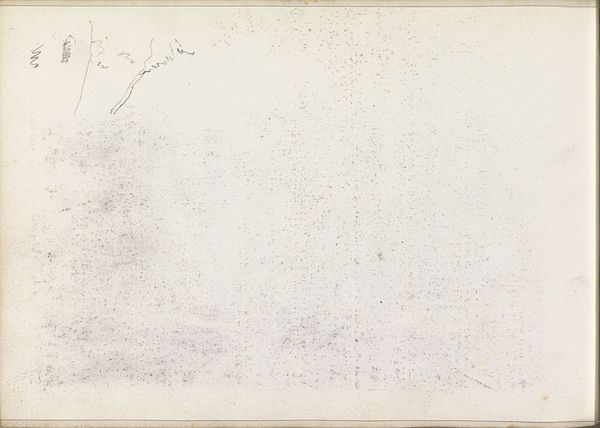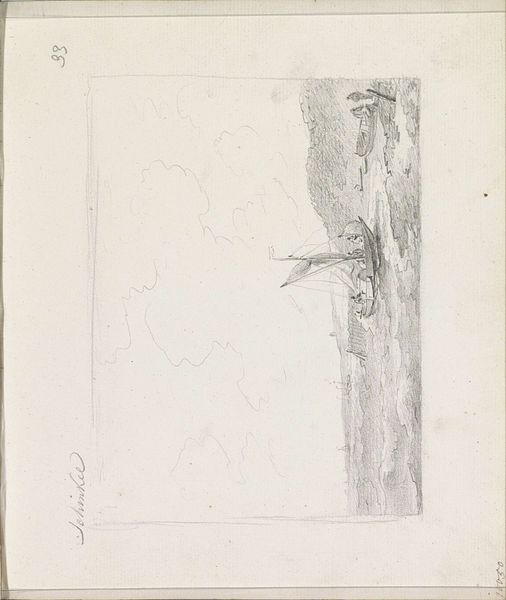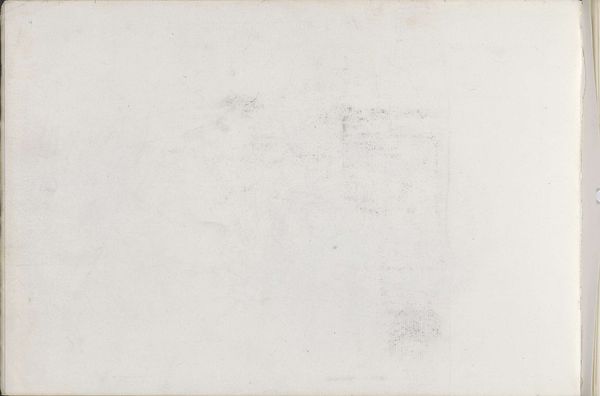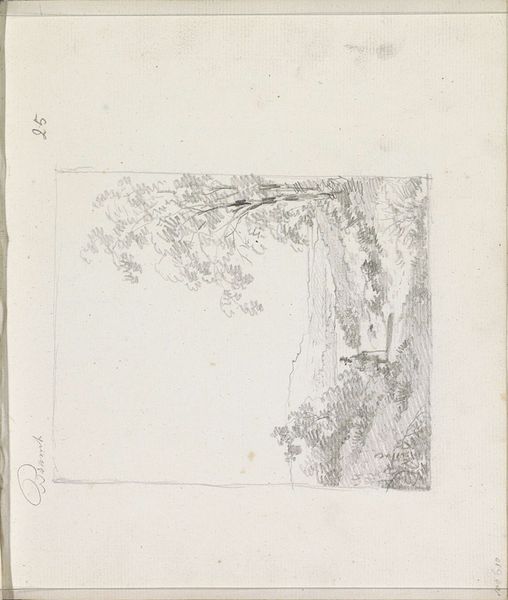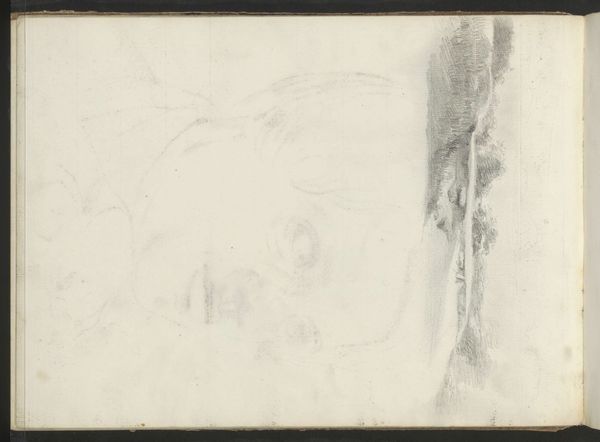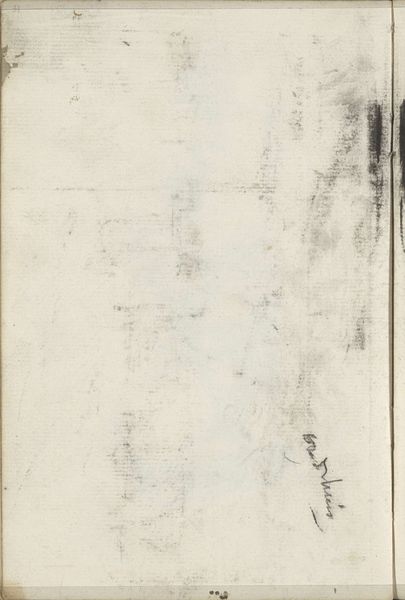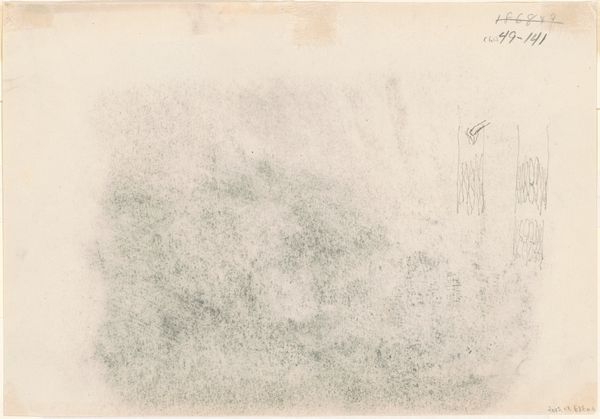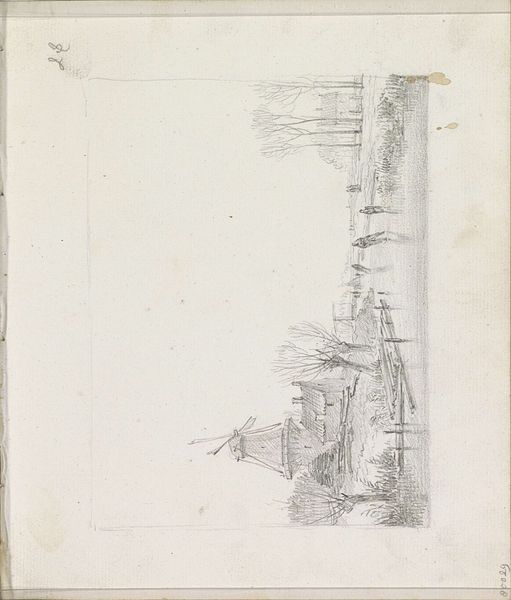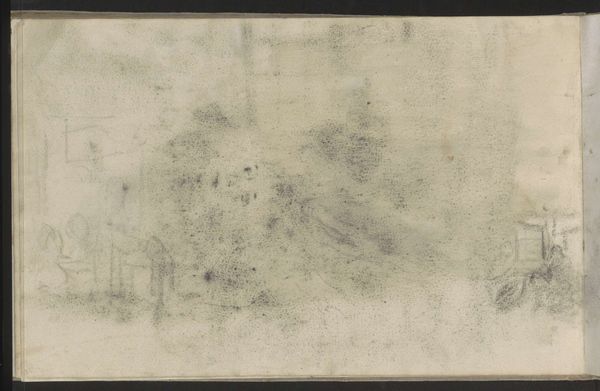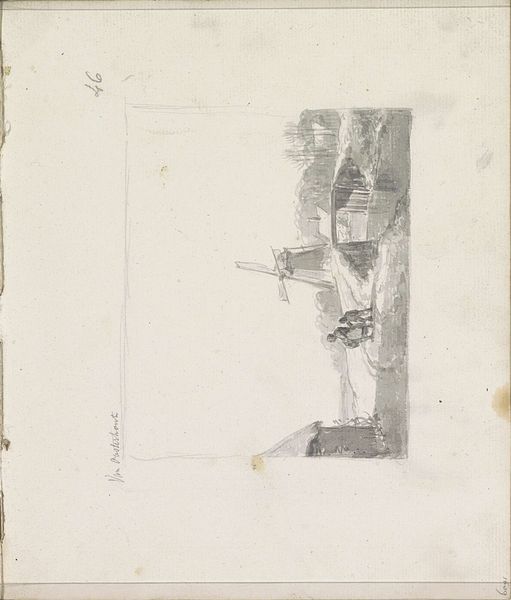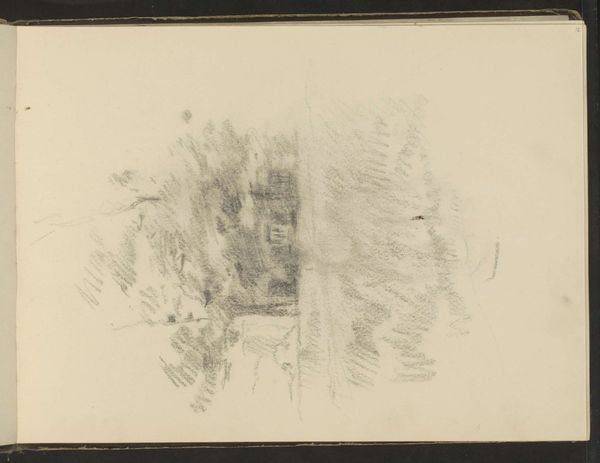
drawing, pencil
#
drawing
#
pencil sketch
#
landscape
#
romanticism
#
pencil
#
watercolor
Copyright: Rijks Museum: Open Domain
Editor: We're looking at "Landschap met figuren en knotwilgen," or "Landscape with Figures and Pollard Willows," a pencil drawing with watercolor touches by Andreas Schelfhout, circa 1825-1829. It's a scene that feels quiet, almost melancholy, rendered with such delicate lines. What strikes you when you look at it? Curator: The subdued palette immediately evokes a sense of Dutch Romanticism, particularly its focus on the national landscape and its intimate connection with the lives of the people. Note how the figures are dwarfed by the landscape. In what ways might this landscape embody social ideas? Editor: That's interesting. So, you're saying the landscape itself becomes a kind of national symbol? I hadn't thought of it that way. Is it a reflection of the political climate? Curator: Precisely. Schelfhout's contemporaries were concerned with defining Dutch identity in a period of political upheaval. Romanticism turned towards nature, rural life, and a glorification of the everyday existence of ordinary people. Consider the knotwilgen, the pollard willows; can you see a narrative of labor and land management? Editor: Now that you point it out, I see it! They’re not just pretty trees. There’s something about their managed shape that speaks to human intervention and perhaps even a sort of harmonious relationship with nature, unlike the more dramatic sublime landscapes. Curator: Indeed. How does the choice of a drawing, rather than a grand oil painting, affect its public role? Editor: I suppose it makes it more accessible, more democratic maybe? Less about wealthy patronage and more about wider appreciation? Curator: It circulates differently, certainly, influencing artistic training and potentially reaching a broader audience through reproductions. Think about how this intimate style could encourage a different kind of engagement than a large history painting. Editor: I see how considering the historical context can completely change the way you understand a seemingly simple landscape. It's much more than just a pretty scene. Curator: Precisely. Art is never created in a vacuum, and understanding its social and political roots allows us a richer understanding.
Comments
No comments
Be the first to comment and join the conversation on the ultimate creative platform.
